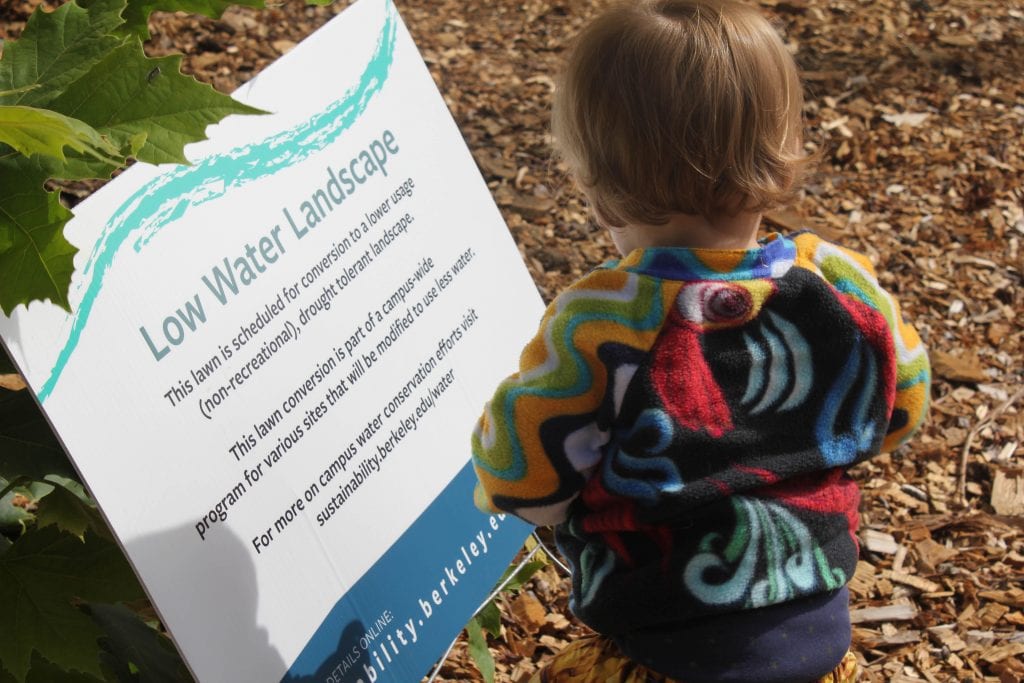
Wildfires. Earthquakes. Floods. Hurricanes. Terrorist attacks. At 100 Resilient Cities (100RC)—an initiative created by The Rockefeller Foundation—we call sudden, sharp events that threaten a community “shocks.” In 2017, the cost of shocks like these—natural disasters, but also catastrophic events like cyber-attack or infrastructure failure—reached $306 billion in the U.S., almost doubling economic losses from the year before. This is the new normal.
NOTE: Since we began writing this article, The Rockefeller Foundation has announced a secession of funding for 100 Resilient Cities, effective July 31, while transitioning its resilience portfolio along a series of at least three other pathways, including the Adrienne Arsht-Rockefeller Foundation Resilience Center at the Atlantic Council.
Poverty. Homelessness. Unemployment. Vacant buildings and land. It’s not just shocks that are a threat. People in communities of all sizes are burdened by long-simmering stresses that can be human, systemic, or physical in nature—stresses caused by things like aging infrastructure, structural racism, economic inequality, or food insecurity. Where people are already living with such chronic challenges, the negative effects of a disaster are compounded. The underlying challenge of a stress may even trigger a shock if not addressed.
For example, a mix of structural racism, poverty, and uncontrolled development or gentrification (baseline stresses) has caused explosive social unrest (resulting shock) in cities across the country.
As our global climate continues to change, so has the intensity, frequency, and unpredictability of natural hazards. More interconnected than ever, cities and people worldwide are more vulnerable to climate-related threats. Globalization means that the impacts of these and other emergencies—like the global financial and migration crises—no longer know geographical bounds. Interruptions caused by any combination of shock and/or stress could cut off far-reaching areas of the world, stopping the flow of agricultural products, packaged goods, financial services, and more, thereby hurting lives, livelihoods, and economies at the local level all the way to the global. Finally, more concentrated levels of urbanization have thrust cities onto the frontlines of our world’s greatest challenges. With half of the global population currently residing in cities, a number that is expected to grow to 70 percent by 2050, cities are places where shocks and stresses might pile up. But cities can also be places of great hope and generators of solutions and change.
100 Resilient Cities defines resilience as the capacity of individuals, communities, institutions, businesses, and systems within a city to survive, adapt, and grow no matter what kinds of chronic stresses and acute shocks they experience. Resilience helps municipalities adapt and transform in the face of 21st-century challenges, preparing them for both the expected and the unexpected.
Resilience and Community Development
The concept of resilience goes hand in hand with the ethos of the community development sector. It’s about engaging communities of all sizes to understand their underlying systems and interdependencies, and the risks they may face as they look to the future.
Working with resilience in mind helps cities and communities address their most intractable challenges and build on the opportunities that arise, enabling them to invest in holistic solutions for their particular place and situation. These solutions can touch everything. They can involve physical investments that support habitats—from reefs to urban tree canopies—or that reduce stress on urban infrastructure through seismic retrofitting or rain gardens. But resilience planning goes beyond the physical—it involves introducing initiatives focused on zoning for business and housing, initiating or streamlining social services, or fostering effective and inclusive governance.
One could look at Hurricane Katrina as an example. Although the storm left a trail of destruction across the southeastern U.S. in 2005, it wasn’t Katrina alone that led to the level of crisis the city of New Orleans faced. The storm’s impact was exacerbated by stresses like institutional racism, disinvestment, aging infrastructure, poverty, environmental degradation, and other similar chronic challenges. Therefore, rebuilding New Orleans also required far more than rebuilding physical properties and levees. Katrina forced the city to prioritize building holistic community resilience.
The Gentilly Resilience District is one project that emerged from this framework and the city’s resilience strategy. Launched in 2015 with a $141 million grant from the U.S. federal government, the project does two things: It reduces the community’s risk of flooding by installing underground water storage and rain gardens, and at the same time, it creates parks and public space.
Projects like this have transformed New Orleans into a hub for sustainable industries. As the city works to become a global center of excellence for water management, it will turn its greatest risk—exposure to flooding—into an asset: economic growth in a field in demand by nearly every city around the world. We have continued to think through how potential partners for this work—from locally based community development financial institutions and foundations to Kaboom!, the playground developer—can reinforce the resilience more holistically for all people.
Glossary
Resilience: The capacity of individuals, communities, institutions, businesses, and systems within a community to survive, adapt, and grow no matter what kinds of chronic stresses they live with and acute shocks they experience.
Community Development Finance (CDF): For the purpose of this article and related initiatives and projects spearheaded by 100 Resilient Cities and its partners, community development finance refers to impact investors, community development financial institutions (CDFIs), program and mission related investors (PRI/MRI makers), social impact businesses and programs, and similar entities.
Resilience Finance: Private sector funding to support cities’ efforts in achieving resilience. (Also the name of a team at 100 Resilient Cities that works to foster this kind of financing, demonstrate the value of the resilience dividend, and establish a market standard for resilient infrastructure.)
Resilience Dividend: The net social, economic, and physical benefits achieved when designing initiatives and projects in a forward-looking, risk-aware, inclusive, and integrated way.
Shocks: Acute, sudden, sharp events that threaten a community, such as earthquakes, floods, disease outbreaks, and terrorist attacks.
Stresses: Chronic, slow-moving disasters that weaken the fabric of a community and its ability to handle shocks, such as high unemployment, overtaxed or inefficient public transportation system, endemic violence, chronic food and water shortages, and systemic racism.
— Courtesy of 100 Resilient Cities
Much of what the community development sector does already falls within the scope of building resilience. Community clinics, community development corporations (CDCs), community development financial institutions (CDFIs), and community land trusts (CLTs) all work to reduce what we would refer to as chronic stresses.
They step up during shocks as well; where local communities are hardest hit, such organizations step in with supplies, volunteers, emergency funds, and more.The community development finance sector has responded to acute shocks by providing grants to affected individuals, special funds for rebuilding, forbearance to borrowers, and loans to repair businesses, homes, and social service facilities. Resilience practice adds to this work by encouraging organizations to focus on both immediate changes and long-term transformation of community and government systems to be able to mitigate and respond to the next shock better.
Because of the complex nature of stresses and shocks and how they affect each other, resilience requires collaboration and alignment between projects and plans hosted by different agencies or entities. While this collaboration and alignment is often the mentality in a time of crisis or disaster, after Hurricane Sandy, there was an intentional resilience-focused effort to shift toward taking a more comprehensive approach to future challenges, as well through the recovery work. In 2012-2013, President Obama’s Hurricane Sandy Rebuilding Task Force engaged the community development sector by asking it to align funding and activities among multiple organizations and sectors, develop common tools, and organize a coordinated “recovery through resilience” process. The process blended the best practices of recovery with preventive measures. The Association for Housing and Neighborhood Development, for example, reported how it was paying close attention to building out systems for social resilience, such as community hubs, connections across demographic groups, and strong institutions with resilient facilities. Again, this is not just bricks and mortar projects, but the heart and soul of community and its social web.
We want to “resiliencize” community development and align our common goals. This could include explicitly linking equity in housing lending to climate resilience lending to safeguard futures for all communities. Or it could include combining a seismic upgrade for community facilities with social infrastructure such as youth and elder functions or multi-purpose gardens, or combining a communications backup installation with the provision of free wireless hubs. The building is more resilient and the surrounding community and systems are also more resilient, equitable, and safe. The same way supporting equitable housing and economic development lifts an entire community, we can lift our communities even further by investing in resilience.
Financing the Urban Resilience Movement
The 100 Resilient Cities Network spans 6 continents, 21 languages, and cities whose populations range from 40,000 to 21 million. Member cities each face their own unique situations, but are united by a common set of challenges. Although the scope may differ, cities have so much to learn from each other. 100 Resilient Cities has been making those connections, and working with member cities to embed resilience in municipal processes, policies, and practices—from rules and regulations like zoning and procurement to the very structure and management of city government. The process starts with establishing a new position in city government, a chief resilience officer. This person drives cross-departmental resilience efforts, including the development of a resilience strategy. Among our 25 U.S. cities, 17 strategies have been released to date, containing a total of 933 initiatives for building local resilience. Cities are now moving toward implementing their strategies.
In the implementation phase, success will be delivered by a collaborative effort between local leadership, municipal institutions, and local and global partners from the private, nonprofit, and academic sectors. 100 Resilient Cities is helping to refine each city’s priority resilience projects and secure the capital needed to move them from paper to practice. So far, member cities worldwide have raised over $3.35 billion in non-city investment to implement their resilience projects.
Resilience helps municipalities adapt and transform in the face of 21st-century challenges, preparing them for both the expected and the unexpected.
100RC’s resilience finance team helps explain the concept of resilience, the 100RC theory of change, and how it all runs through project development and financing to a variety of financing institutions around the globe. The team is also cultivating bankable projects that embed resilience as examples. Last fall, 100 Resilient Cities launched a Resilient Community Development Finance (ResCDF) Campaign to connect mission-related investors such as CDFIs, impact investors, etc. with cities that need to finance projects coming out of the actionable strategies to increase their resilience.
We are also developing a resilience screen that community development and private-sector investors can use to identify and evaluate the resilience value of community- and city-led projects. The screen also helps to identify ways to improve the resilience dividend of potential investments. We hope it will establish an industry standard for resilient projects. For that work, we have brought together an advisory committee that is made up of representatives of that broader community development finance sector, like impact investors, CDFIs, foundation investment staff, etc. We are also working closely with groups like the National Resources Defense Council (NRDC), Opportunity Finance Network, Enterprise Community Partners, on others to learn from their project development and financing tools and better integrate the resilience screen with their work. For example, Enterprise has worked with the City of Washington, D.C., to develop a structural resilience assessment tool for multifamily housing. Meanwhile, led by NRDC, a multifamily housing resilience working group has been created to examine the gaps, tools, solutions, and path forward for our combined organizations in a coordinated way, as we build more of the resilience dividend into each project.
The Resilience Dividend
Every dollar spent by a municipality is precious, and likely entails a trade-off for a dollar not spent on something else. The way to build stronger, more adaptable communities is to leverage those resources and investments to produce multiple benefits. Investing in resilience will reduce and help prevent the impact of shocks and stresses to a city or community’s people, physical environment, and economy; accelerate recovery following a disruptive event; and at the same time improve the quality of life for residents year-round. A single intervention done right can improve resilience outcomes and address various other challenges at the same time. This is known as the resilience dividend—the net social, economic, and physical benefits achieved when designing initiatives and projects in a forward-looking, risk-aware, inclusive, and integrated way.
For example, building out the Proctor Creek Greenway in Atlanta, Georgia, is a great step toward the city’s goal of creating 500 new acres of publicly accessible green space across the city by 2022. It facilitates exercise and healthy living for residents, enhances natural stormwater management, and fosters economic development in an area with considerable environmental and economic challenges.
Across the U.S., we are seeing cities develop a range of resilience projects that balance economic growth and new infrastructure with environmental sustainability, equity issues, and the maintenance of healthy ecosystem services. The community development sector has a strong role to play in such projects.
In Berkeley, California, a city challenged by natural disasters like earthquakes and wildfires, and a high degree of racial inequity across its communities, priority projects in their resilience plan are focused on strengthening the underlying social fabric while improving emergency preparedness. Seven community and senior centers throughout the city are designated as care and shelter sites in the event of a disaster, on top of the daily essential services they provide to thousands of residents. Evaluations conducted in 2015 found that, in the event of a major earthquake, none of the facilities would be able to serve its daily or disaster functions without significant and costly repairs. Critical to the community, the facilities are also in critical condition.
The same way supporting equitable housing and economic development lifts an entire community, we can lift our communities even further by investing in resilience.
The city has plans to work with community partners and technical assistance providers to make multi-benefit upgrades to these community facilities, while also considering what kind of social and cultural factors need to be included. Seismic retrofits and upgrades for energy and water are expected to generate significant cost savings for both the city and the facilities. On top of the improved physical infrastructure, operational capacity, and service delivery, this will benefit local communities in everyday conditions and times of emergency.
Another great example comes from Boston, Massachusetts. Boston leads among all large American cities in income inequality, starkly along racial lines; 2016 data indicate that households in Boston’s 95th income percentile earned almost 15 times that of the city’s 20th percentile, and evaluations from the year before show the median net worth of African-American households in the Greater Boston region as only $8. Structural issues such as a lack of emergency or retirement savings, lower homeownership rates, and higher rates of debt contribute to the long-term economic challenges facing Bostonians of color. These issues also lead to significantly greater impact when these communities experience short-term disruptions during a shock, meaning that achieving citywide resilience requires addressing racial equity.
To do this, the City of Boston, in partnership with 100 Resilient Cities and The Rockefeller Foundation, has developed an Economic Mobility Lab that will work across city departments and agencies to both eliminate long-standing barriers to wealth-building for Boston’s communities of color and make intergenerational wealth-building opportunities accessible to every Bostonian. Key preliminary areas of focus will include programs for vocational training, middle-income housing, and childcare. The lab will ultimately create an overarching Economic Mobility Plan that builds off of the city’s Resilience Strategy and its Economic Equity and Inclusion Agenda—setting the stage for partnerships and investments with the community development finance arena, including economic development projects, workforce development, entrepreneurship, and others. The resilience lens helped elevate the importance of racial equity to the forefront of the city’s agenda.
The last two decades have presented cities and communities with new levels of challenges. Climate change has not just damaged lives and cost billions in the process, it has exposed fundamental flaws in our society—often along racial, socio-economic, and geographic lines. In a reality where the only thing that can be predicted with certainty is constant change, investment in resilience is critical. Resilience initiatives are already standing out in the market, identified by their extensive and meaningful engagement with local residents, the political will and commitment behind them, and their pursuance of co-benefits far beyond the business-as-usual for planning and redevelopment efforts, for stakeholders across the board. With CDFIs, impact investors, and mission-related investors already heavily engaged in cities and starting to connect their work to concepts of resilience, there is a real role for the community development finance sector in supporting projects to achieve a resilience dividend.
Today, the community development and resilience movements are inching closer, both working with a more concerted effort to influence not just projects but also the holistic resilience of the surrounding system. Cities and communities across the country could reap enormous benefits from a combination of these two lenses. Though resilience is the work of a generation, these kinds of partnerships are essential for growing a meaningful resilience movement that ensures we not only survive but thrive amid the challenges of the 21st century.

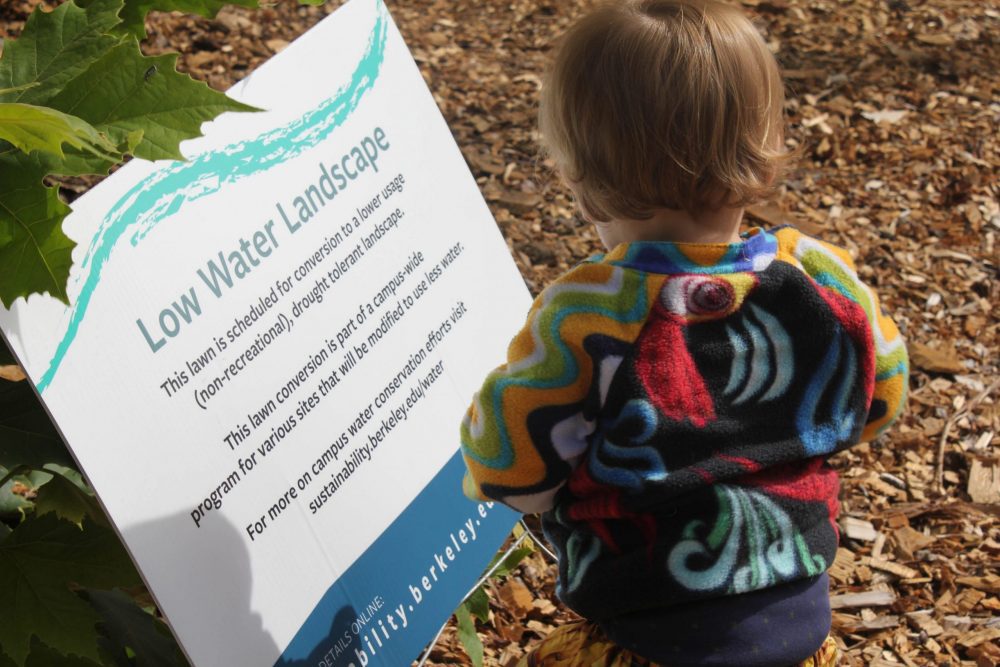

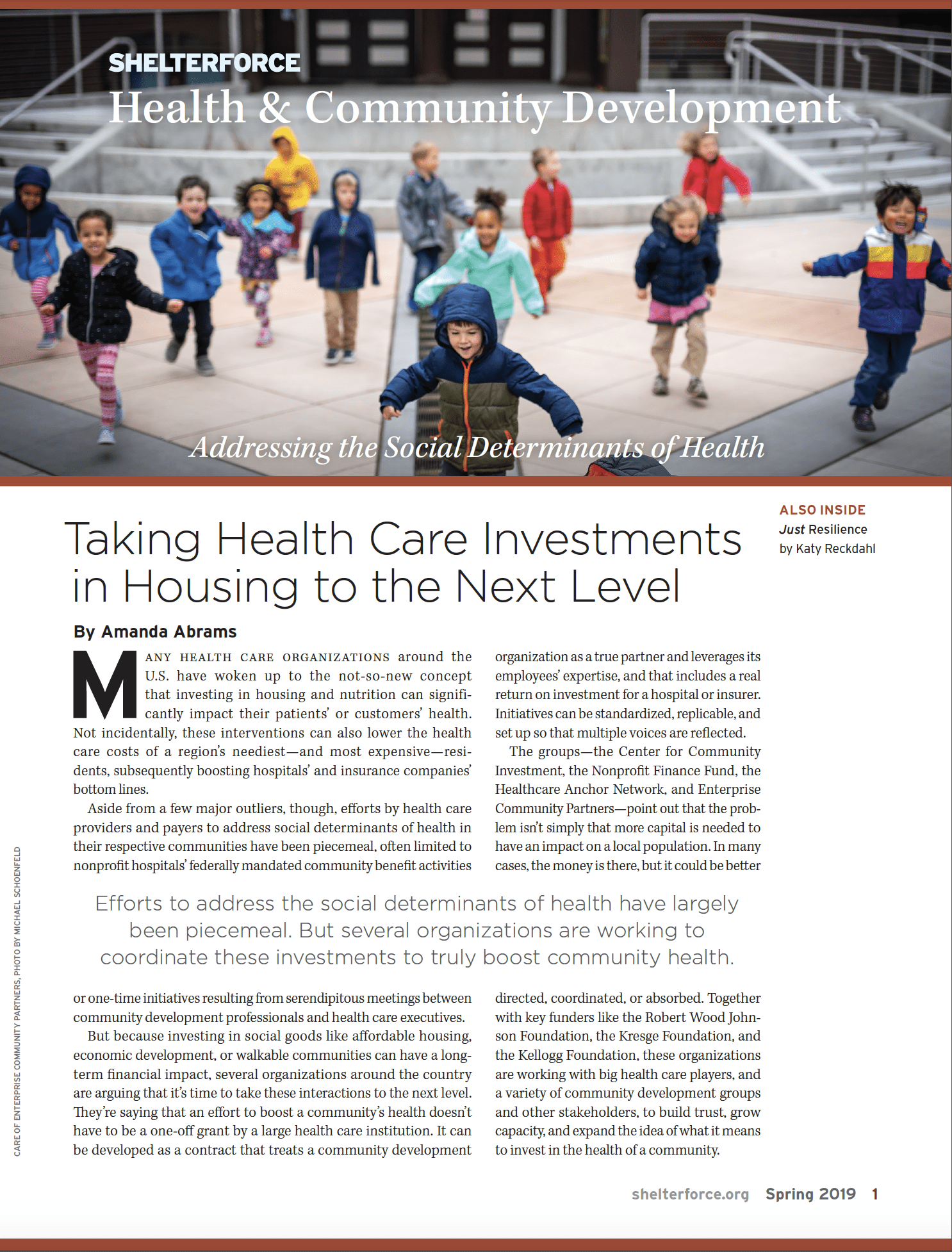
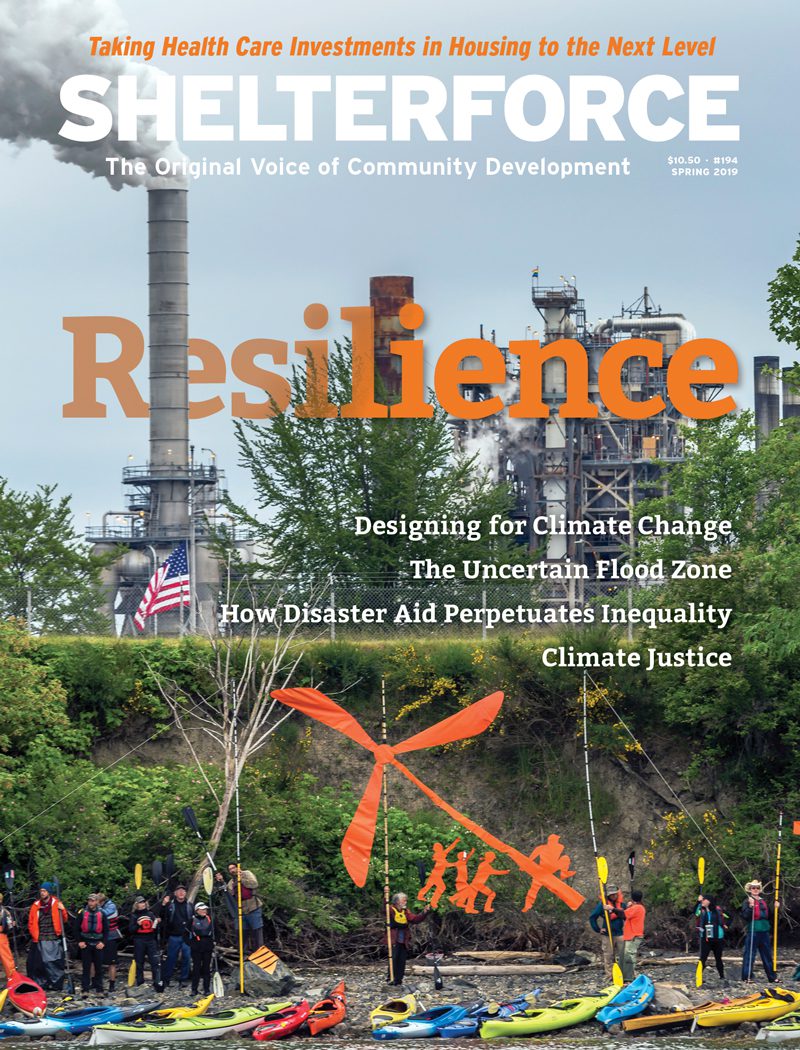
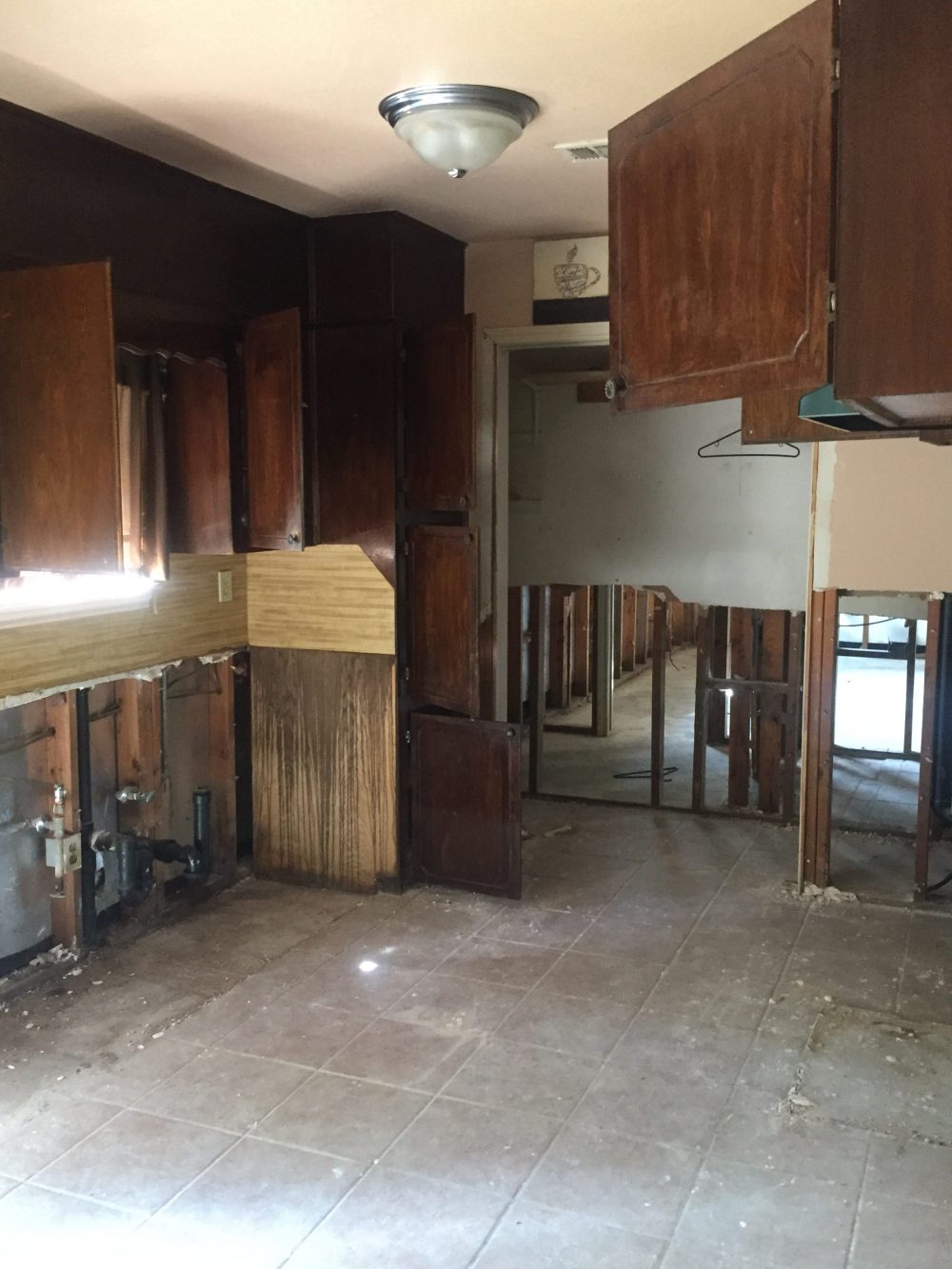
A good place to look at all this is the work being done in Pittsburgh and Glasgow Scotland, both part of the 100 cities cohort and the two identified as post-industrial-and therefore most in need of reinvention/redevelopment. With funds from the Robert Wood Johnson Foundation we linked Pittsburgh and Glasgow together to build on Glasgow’s efforts to locate resiliency not only in the cities infrastructure but especially within the capabilities and capacities-the health and well being- of Glaswegians. Glasgow’s city motto is “People make Glasgow”….Resilient, Beautiful, Vibrant etc -you pick the word.
The end product of community development must be focused on achieving equity in health and well being, maximizing the capabilities and capacities of the people. This requires a focus on the qualities of a place and on the relationships of the people in that place, with the goal of maximizing opportunities for all by funneling investment to all people and the places they work and live. Profit maximization must square itself with the need to ensure opportunities for all. Vision must be aspirational for all, not just some. Or there is no resilience.